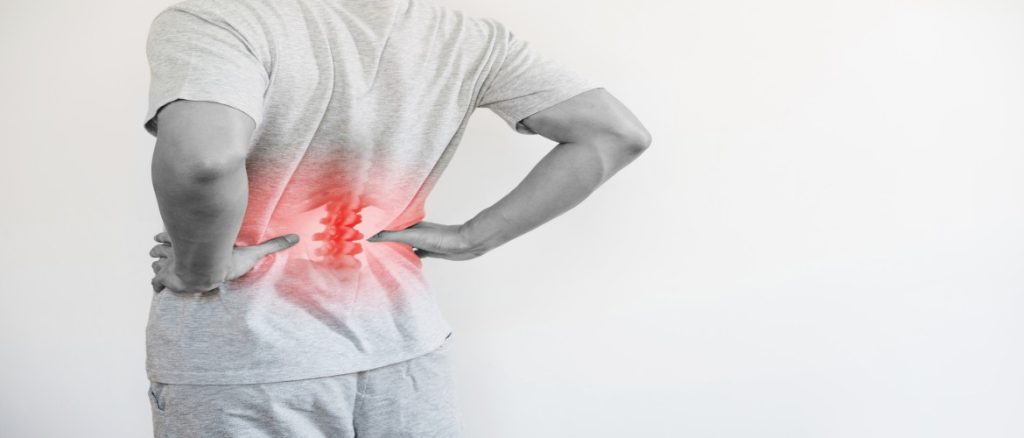Introduction to Chronic Pain Syndrome
Chronic Pain Syndrome (CPS) is a complex condition characterized by persistent pain that lasts longer than six months. This pain can affect any part of the body and can severely impact a person’s quality of life. Understanding the symptoms, causes, and diagnosis of Chronic Pain Syndrome is crucial for effective management.
Symptoms of Chronic Pain Syndrome
The symptoms of Chronic Pain Syndrome can vary widely but commonly include:
- Persistent Pain: Continuous pain that lasts beyond the normal healing time.
- Fatigue: Feeling constantly tired and drained of energy.
- Sleep Disturbances: Difficulty falling asleep or staying asleep due to pain. Explore sleep disturbances
- Mood Changes: Anxiety, depression, and irritability related to chronic pain.
- Decreased Mobility: Limited ability to move or perform daily activities.
Causes of Chronic Pain Syndrome
The exact cause of Chronic Pain Syndrome is often difficult to determine, but several factors can contribute to its development:
- Injuries: Previous injuries or trauma that cause lasting pain.
- Diseases: Conditions such as arthritis, cancer, and diabetes. Learn more about arthritis
- Nerve Damage: Injury or damage to the nerves that send pain signals. Discover nerve damage
- Psychological Factors: Stress, anxiety, and depression can exacerbate chronic pain.
- Infections: Persistent infections that cause ongoing pain. Read about infections
Diagnosing Chronic Pain Syndrome
Diagnosis typically involves:
- Medical History: Discussing your symptoms, medical history, and lifestyle.
- Physical Examination: Assessing the affected areas for signs of pain and discomfort.
- Imaging Tests: X-rays, MRI, or CT scans to identify any underlying conditions. Learn about diagnostic services
- Laboratory Tests: Blood tests to check for infections or other conditions.
Treatment Options for Chronic Pain Syndrome
Managing Chronic Pain Syndrome involves a multidisciplinary approach tailored to the individual’s needs:
- Medications: Pain relievers, anti-inflammatory drugs, and antidepressants. Discover medication options
- Physical Therapy: Exercises to improve strength, flexibility, and mobility. Learn about physical therapy
- Psychological Counseling: Cognitive-behavioral therapy (CBT) to manage pain-related emotions. Explore psychological treatments
- Interventional Procedures: Nerve blocks, epidural injections, and other techniques to relieve pain. Explore interventional pain procedures
- Lifestyle Modifications: Maintaining a healthy diet, regular exercise, and stress management. Check lifestyle tips
- Alternative Therapies: Acupuncture, massage, and chiropractic care. Read about alternative therapies
Living with Chronic Pain Syndrome
Living with Chronic Pain Syndrome requires ongoing management and support. It’s essential to work closely with healthcare providers to develop a personalized treatment plan and make necessary lifestyle adjustments. Discover personalized care
Conclusion
Understanding the symptoms, causes, and diagnosis of Chronic Pain Syndrome is crucial for effective management. By making lifestyle changes and seeking appropriate treatments, individuals with CPS can improve their quality of life.
Khetan Pain & Spine Clinic – Dr. Helee Khetan
- Address: S K Complex, opposite Reliance Trends, beside Union Bank (Aadhaar Seva Kendra, Betiahata, Gorakhpur, Uttar Pradesh 273001
- Phone: +91-8957998855
- Email: khetan.algiatry@gmail.com
For more information on various conditions and treatments, visit our website.


Pingback: online order androxal price singapore
Pingback: cheapest buy rifaximin price in canada
Pingback: kamagra contre remboursement le lendemain
Pingback: order enclomiphene price generic
Pingback: dutasteride and overnight
Pingback: buying flexeril cyclobenzaprine australia pharmacy
Pingback: india prescription drugs gabapentin
Pingback: ordering fildena cost of tablet
Pingback: discount itraconazole price singapore
Pingback: Buy staxyn no r x cheap
Pingback: avodart ireland online
Pingback: get xifaxan online mastercard accepted
Pingback: objednat kamagra online bez lékařského předpisu